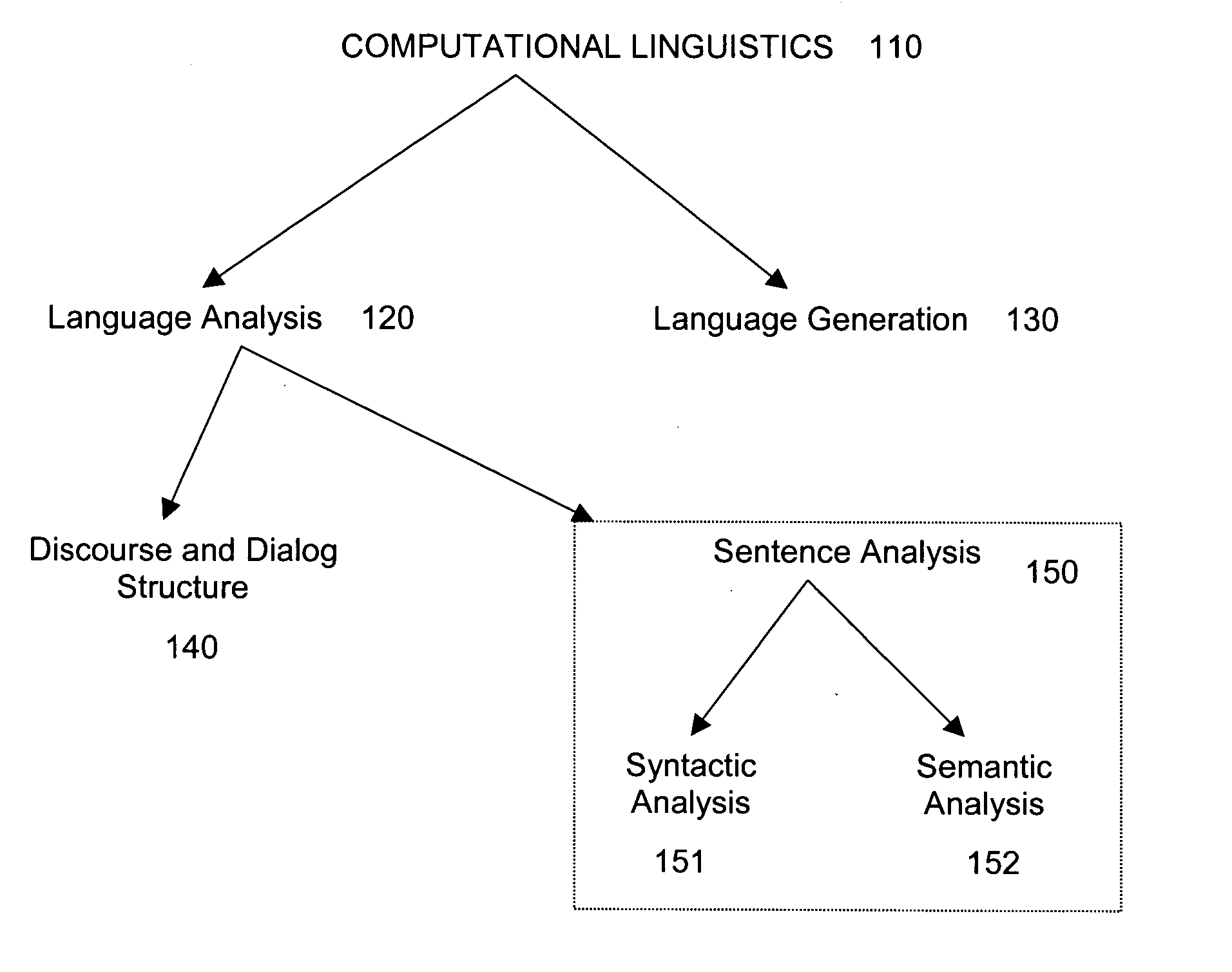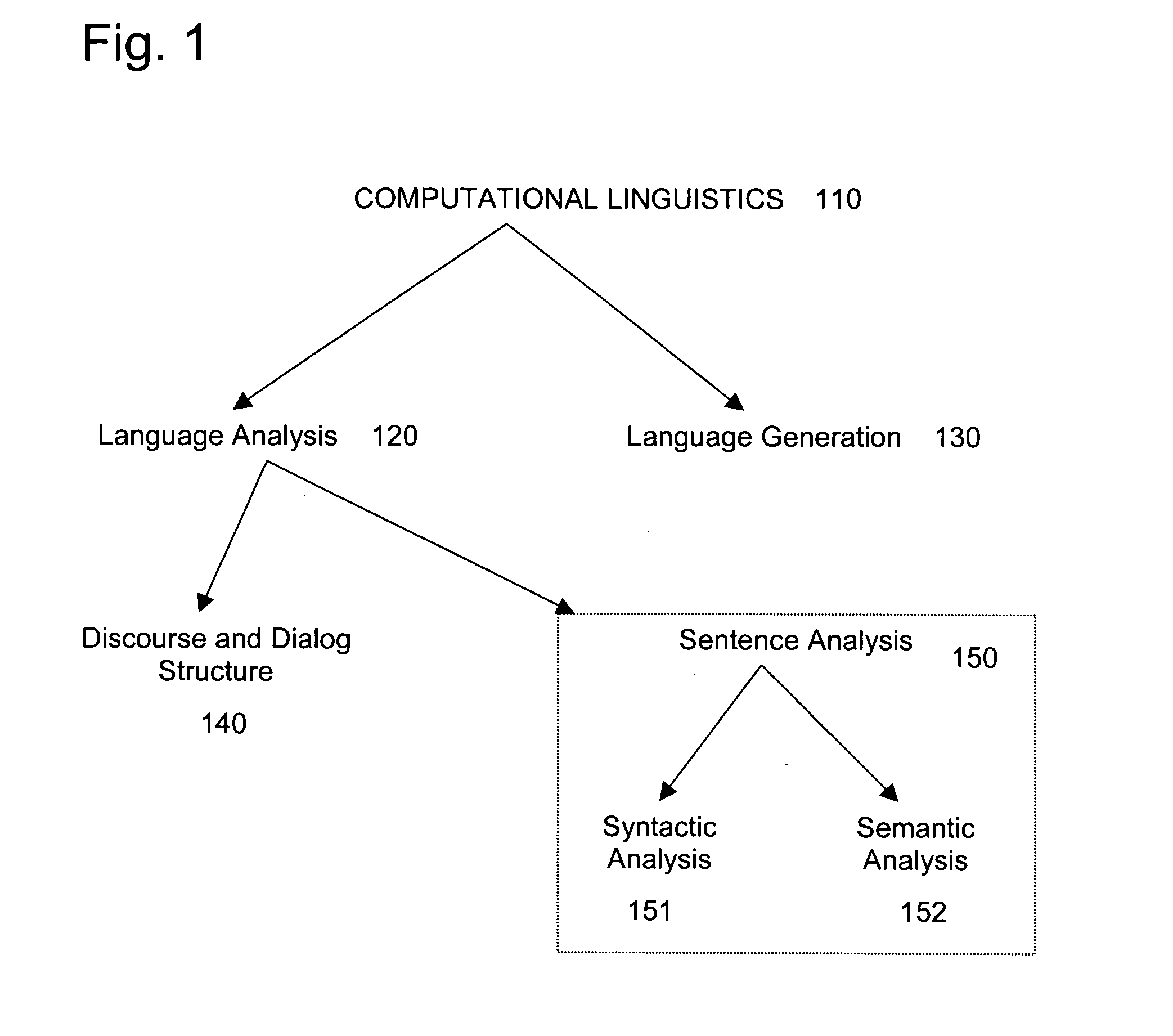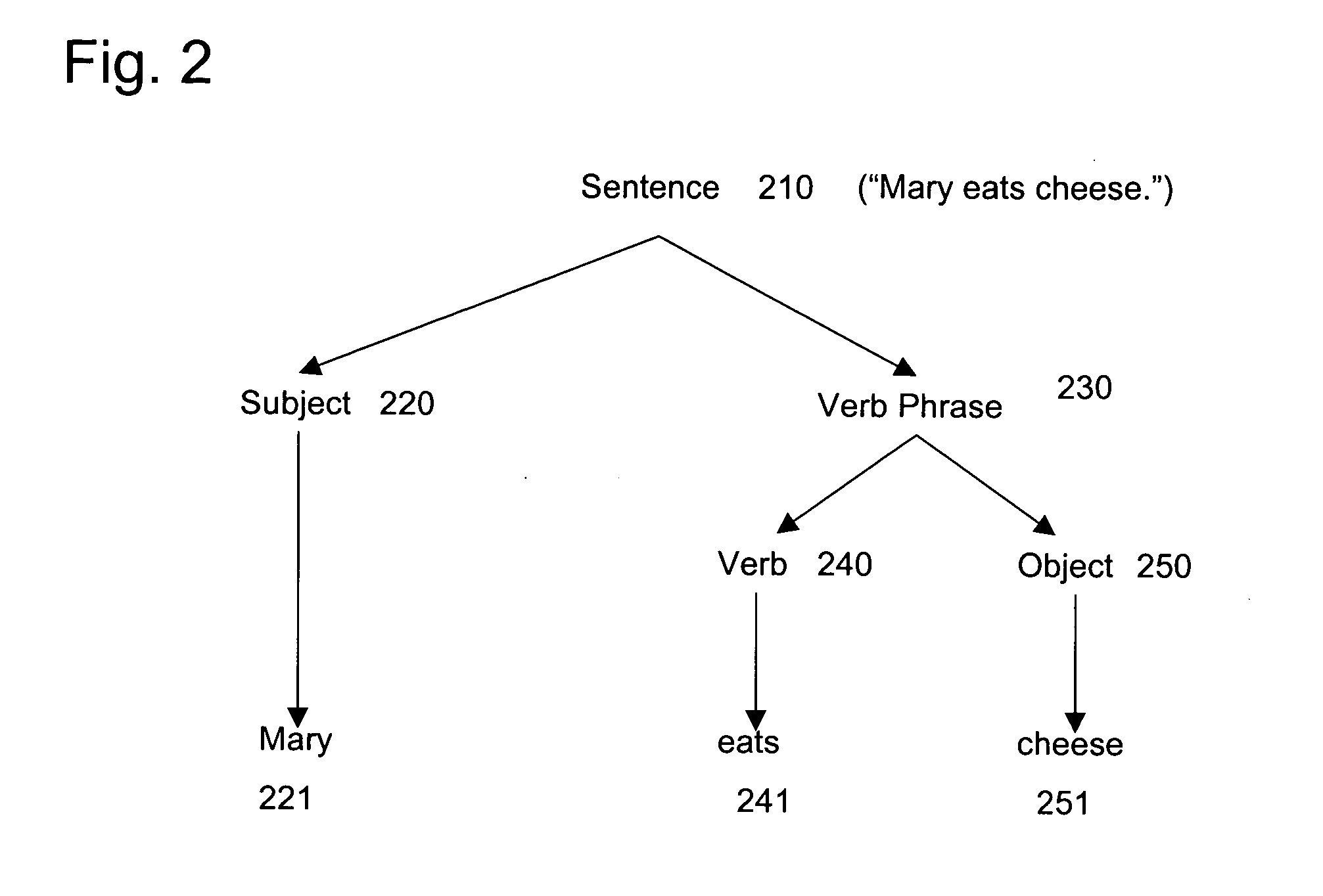System and method for comparative analysis of textual documents
- Summary
- Abstract
- Description
- Claims
- Application Information
AI Technical Summary
Benefits of technology
Problems solved by technology
Method used
Image
Examples
example 1
[0382] This example illustrates a method of this invention where the laminate is preheated to thermoforming temperatures in a low temperature oven over an extended period of time.
[0383] A laminate was prepared comprising the following successively adhered layers: [0384] Layer A—an outer layer of polystyrene foam, 0.36 centimeters thick, having a density of 55 kilograms per cubic meter, and having adhered to both surfaces an acrylic polymer-impregnated, non-woven, spunbonded, polyester fabric with a basis weight of 34 grams per square meter; [0385] Layer B—an inner layer of polyurethane foam, 0.64 centimeters thick, and having a density of 18 kilograms per cubic meter; [0386] Layer C—an inner layer of polystyrene foam, similar to layer A; and [0387] Layer D—an outer layer of polyurethane foam, 0.38 centimeters thick, having a density of 25 kilograms per cubic meter, and having adhered to the outer surface of napped nylon fabric.
[0388] The laminate was heated in a 121.degree. C. ove...
example 2
[0389] This example illustrates a method of this invention where the laminate is preheated to thermoforming temperatures by reduced output infrared radiation heaters over an extended period of time.
[0390] A laminate was prepared as in Example 1 and preheated for 70 seconds by reduced output infrared radiation heaters. After 70 seconds the top surface of the laminate, the decorative fabric facing of the polyurethane foam (layer D), reached a temperature of about 149.degree. C., at which temperature the nylon fabric facing did not degrade. The lower surface of the laminate, the polymer impregnated fabric coating of the polystyrene foam (layer A), reached a temperature of about 143.degree. C. The interface of Layers C and D reached a temperature of about 104.degree. C. The laminate at such temperatures was readily thermoformed.
example 3
[0391] This example illustrates a further method of this invention.
[0392] A laminate was prepared comprising a layer of decorative fabric faced polyurethane foam (similar to layer D of Example 1) adhered to a layer of styrenemaleic anhydride copolymer foam, about 0.38 centimeters thick, and having adhered to both surfaces a dense (0.2 millimeter thick) layer of styrene-maleic anhydride copolymer.
[0393] The laminate was preheated to thermoforming temperatures by reduced output infrared radiation heaters for 60 seconds. The top surface of the laminate, the decorative fabric facing of the polyurethane foam, reached a temperature of about 177.degree. C., at which temperature nylon fabric facing did not degrade. The bottom surface, the dense layer of styrene-maleic anhydride copolymer, reached a temperature of about 160.degree. C. The interface between the polyurethane foam and the styrene-maleic anhydride copolymer foam reached a temperature of about 118.degree. C. The laminate at suc...
PUM
 Login to View More
Login to View More Abstract
Description
Claims
Application Information
 Login to View More
Login to View More - R&D
- Intellectual Property
- Life Sciences
- Materials
- Tech Scout
- Unparalleled Data Quality
- Higher Quality Content
- 60% Fewer Hallucinations
Browse by: Latest US Patents, China's latest patents, Technical Efficacy Thesaurus, Application Domain, Technology Topic, Popular Technical Reports.
© 2025 PatSnap. All rights reserved.Legal|Privacy policy|Modern Slavery Act Transparency Statement|Sitemap|About US| Contact US: help@patsnap.com



